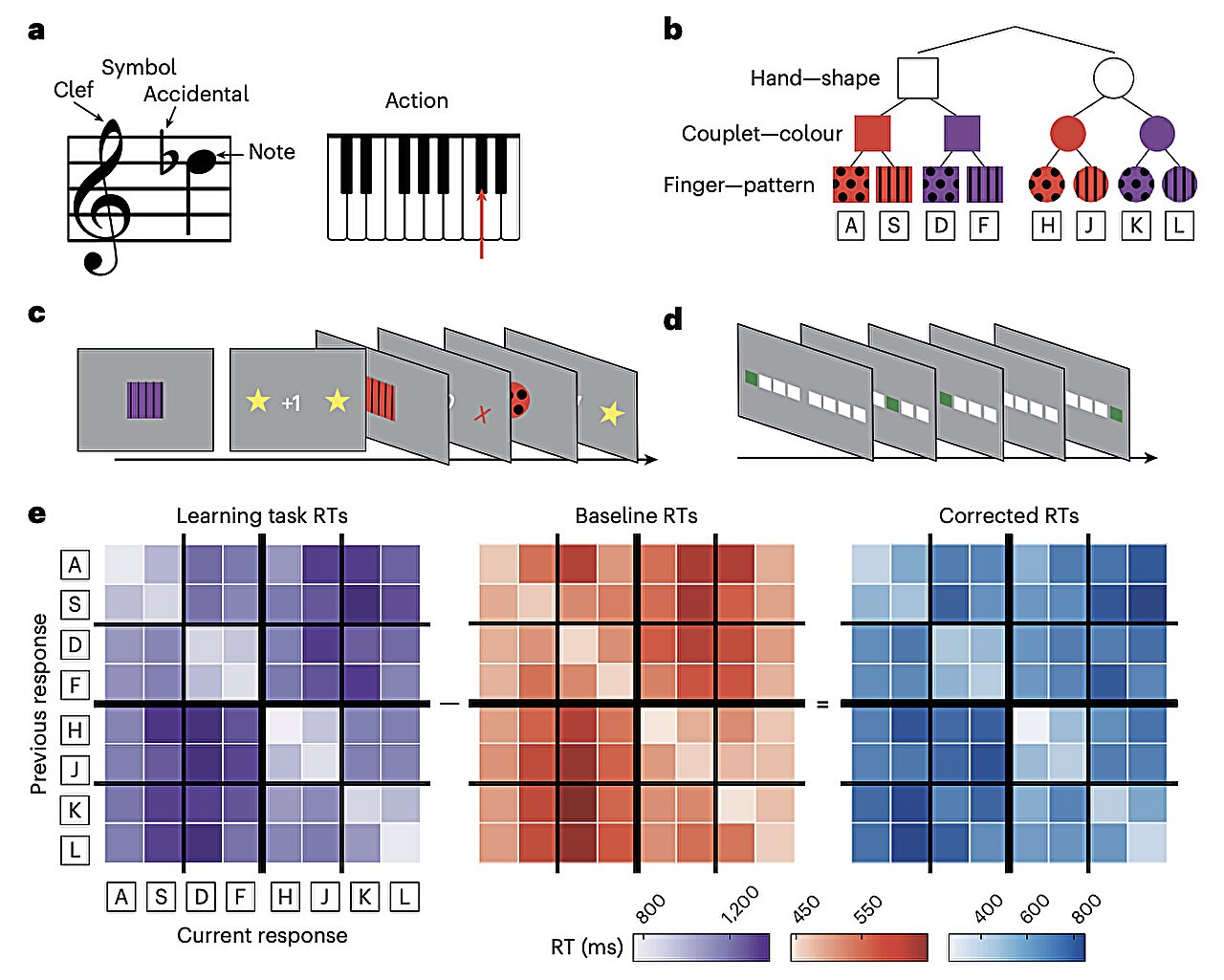Graphs, visual representations outlining the relationships between different entities, concepts or variables, can be very effective in summarizing complex patterns and information. Past psychology studies suggest that the human brain stores memories and experiences following graph-like and structured patterns, specifically as a network of associations, also referred to as cognitive graphs.
These cognitive graphs are hypothesized to represent different concepts as “nodes” and the relationships between these concepts as edges connecting these nodes. By organizing information in a structured way, they can allow people to apply knowledge they have acquired in the past to new situations and draw conclusions about what is happening based on previous experiences.
The role of cognitive graphs has been widely investigated in the past, with most studies focusing on their contribution to the storage and retrieval of facts and knowledge (i.e., declarative memories). In contrast, the extent to which they influence the planning and control of movements remains poorly understood.
Researchers at Yale University recently set out to investigate the possibility that the human brain also stores memories related to movement as mental graph-like structures, which are then used to plan motor actions in response to visual stimuli. Their paper, published in Nature Human Behavior, presents new evidence suggesting that the brain stores visuomotor associations in structured ways and can then retrieve these associations to plan movements in specific situations.
“Much of human memory takes the form of cognitive graphs that allow us to relate and generalize knowledge,” wrote Juliana E. Trach and Samuel D. McDougle in their paper. “The influence of structured memory in the motor system is less clear. We examine how structured memory representations influence action selection when responses are retrieved from newly learned, hierarchical visuomotor maps.”
As part of their study, the researchers carried out a series of experiments involving 182 participants. These participants were asked to complete a task that required them to press specific buttons in response to different visual cues (e.g., geometrical objects with different shapes or colors) that appeared on a screen.
Notably, they were asked to quickly press a different combination of keys in response to what they saw. For some participants, the associations between what they saw and the keys they were asked to press followed a structured pattern, while for others they were random.
The researchers recorded the time it took for participants to press the correct key combinations. These response times were then analyzed to try to determine whether people were in fact using a mental graph to guide their actions during their experiment.
“Human participants learned visuomotor mappings with (or without) an imposed latent structure that linked visual stimulus features (for example, color or shape) to intuitive motor distinctions, such as hands and pairs of fingers,” explained Trach and McDougle.
“In participants who learned structured visuomotor mappings, transitional response times indicated that retrieving the correct response from memory invoked the ‘traversal’ of a structured mental graph.”
In some trials of the experiment, the researchers also asked participants to press the key combinations as fast as possible or at specific times to determine whether their performance changed when under pressure. Overall, the data they collected suggests that associations between visual stimuli and motor actions are represented as mental graphs, which can be retrieved to guide future actions, even under pressure.
“Forced-response experiments revealed similar computations within individual trials,” wrote Trach and McDougle. “Moreover, graph-like representations persisted even after multiple days of practice with the visuomotor mappings. Our results point to direct links between internal computations over structured memory representations and the preparation of movements.”
This recent study offers new interesting insights into the contribution of mental graphs to the planning and execution of movements. Future research could help to validate the team’s findings, while also potentially examining the role of these structured cognitive representations in a wider range of real-world scenarios.
Written for you by our author Ingrid Fadelli,
edited by Gaby Clark
, and fact-checked and reviewed by Robert Egan —this article is the result of careful human work. We rely on readers like you to keep independent science journalism alive.
If this reporting matters to you,
please consider a donation (especially monthly).
You’ll get an ad-free account as a thank-you.
More information:
Juliana E. Trach et al, Mental graphs structure the storage and retrieval of visuomotor associations, Nature Human Behaviour (2025). DOI: 10.1038/s41562-025-02217-2.
© 2025 Science X Network
Citation:
Brain organizes visuomotor associations into structured graph-like mental schemes, study finds (2025, June 20)
retrieved 22 June 2025
from https://medicalxpress.com/news/2025-06-brain-visuomotor-associations-graph-mental.html
This document is subject to copyright. Apart from any fair dealing for the purpose of private study or research, no
part may be reproduced without the written permission. The content is provided for information purposes only.
